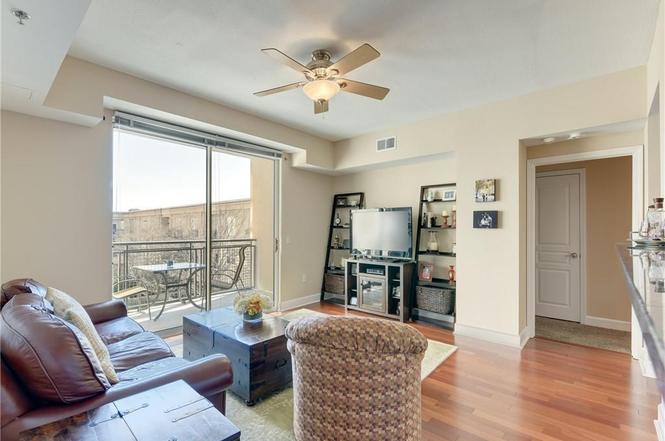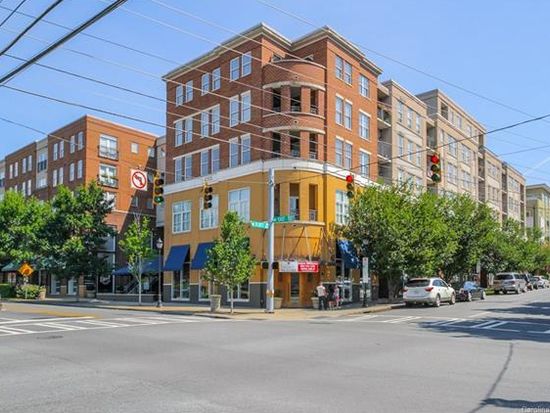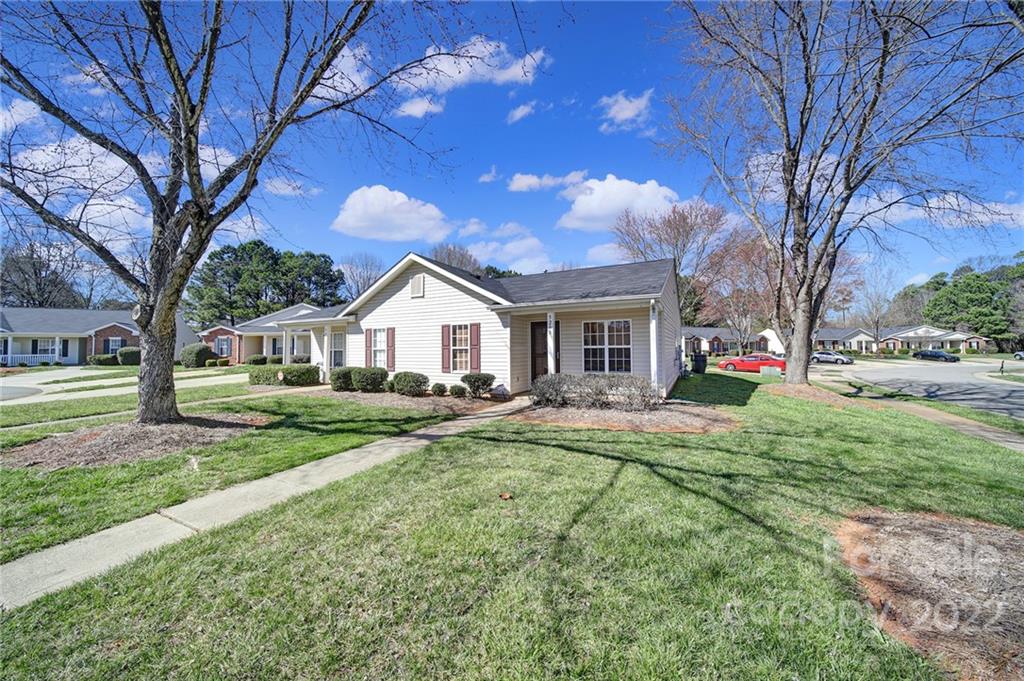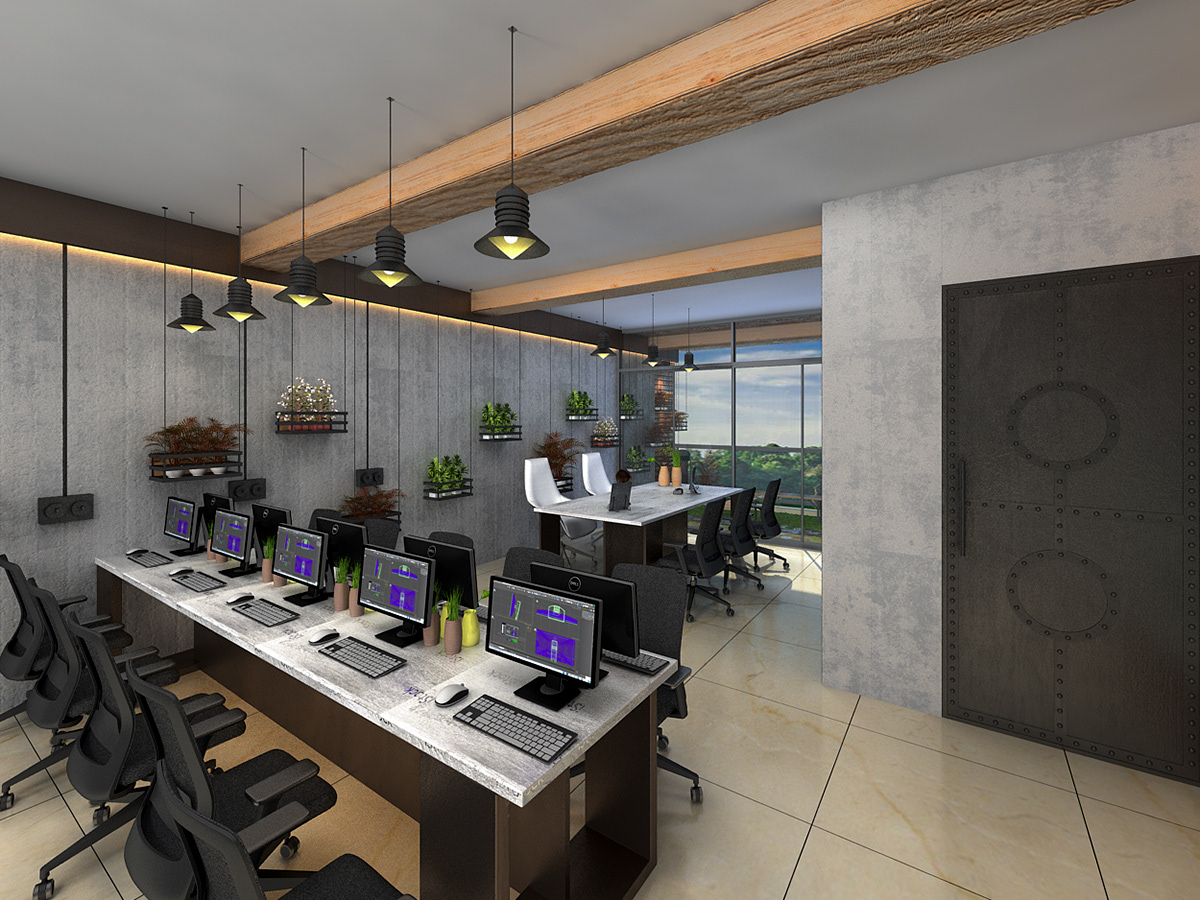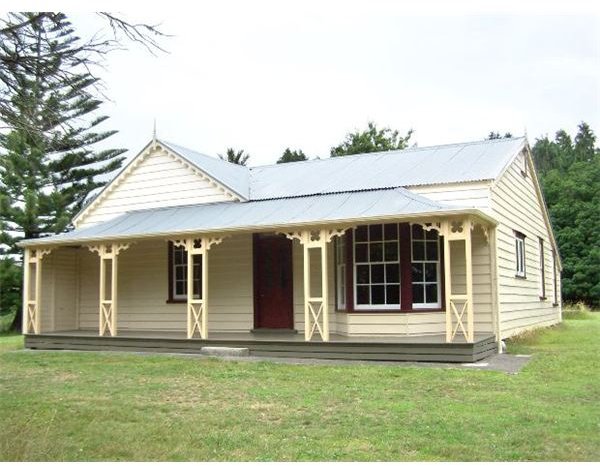Table Of Content

For more efficient equipment, such as 16 SEER Central AC + 96% AFUE Furnace, the price will increase to a range of $7600-$9800. Many of these have to do with THEIR personal cost of doing business, rather than your house. If you get quotes from 3 or 4 contractors you will see a 15-25% difference in their quotes. HVAC guys charge different rates for their labor and will judge your project based on a number of factors. If you live in an older home, you may discover that your existing circuit breaker can not handle the additional load of the central air.
What Others are paying:
Learn how radiant floor heating systems work, how much radiant floor heating costs and whether it's worth adding to your house. Finally, you may be able to get a credit or rebate from your manufacturer, utility company or government—or all three—if you install a high-efficiency or Energy Star-certified unit. Enter your ZIP code into this rebate finder to learn what your equipment qualifies for, and more about federal tax credits for HVAC systems.

Average HVAC replacement cost
Energy bill confessional: This is what you said you're paying as Houston's hot hot summer continues - KPRC Click2Houston
Energy bill confessional: This is what you said you're paying as Houston's hot hot summer continues.
Posted: Thu, 20 Jul 2023 07:00:00 GMT [source]
On average, however, you’ll pay up to 40 percent more for one of these units. Over the expected 15 –20 year lifespan of an air conditioner, the energy savings are rarely enough to make it a good return on investment. Disposing of an old air conditioner and ductwork is also costly. The costs to capture environmentally hazardous refrigerant — that’s never a DIY job — and dispose of bulky equipment ranges from $40–$110. A new air conditioner needs an even, well-ventilated space to sit on. Leveling an appropriate area and adding a concrete or crushed gravel pad adds $200 –$400 to the price of installation.
Low Priced Bid Factors:
The seasonal energy efficiency ratio (SEER) rating of an AC unit influences the price and determines how effectively it operates throughout the season. Units with a higher SEER rating may cost more up front, but they’ll have lower operating costs. All modern AC units must have at least a 13 SEER rating per the U.S. The average costs for AC units with varying SEER ratings are listed in the table below.
To get a truly accurate size for central air that will work most efficiently in your house, you need to do a professional load calculation, known as “the Manual J”. Make sure to EXCLUDE the square footage of your attic/basement/garage, unless you are using any of them as living spaces. Keep in mind that this is the least accurate way to determine the proper central air system size for your home. It does not take into consideration any of the specific factors that can really impact AC size needed for a particular house. We will get into these below, and show you a more accurate way to do the estimate. On the other hand, installing a central AC that is too small will not keep your house cool!
How Much Does Baseboard Heating Cost? (2023) - Bob Vila
How Much Does Baseboard Heating Cost? ( .
Posted: Wed, 20 Dec 2023 08:00:00 GMT [source]
As you’ve been reading above, the size unit you need will have a large impact on your project cost. Oil furnaces work much like gas ones, but they tend to be most popular in the northeast region of the U.S. where temperatures remain cold for a much longer period of the year. They can also run either only on oil or as a hybrid system that uses a heat pump to also provide home cooling. However, they cost more upfront than gas furnaces, with an average price range of $3,325 to $8,222. You can learn more about oil furnace costs and considerations by reading our guide. Here’s how BTUs and tonnage relate to price for central air conditioners, which typically start at around 1.5 tons.
Central AC Unit Cost – How Much Does Central Air Cost?
Additionally, they can gently spray or clean off the fans and inner fins to ensure they can operate smoothly with all the airflow they need. It’s also a good idea for a homeowner to inspect the compressor to make sure it’s level. Settling soil or tree roots can tilt the compressor and affect its ability to operate correctly. Homeowners can also have these tasks performed by a professional HVAC technician—HVAC inspection costs around $300 on average.
Like window units, portable air conditioners only cool one room at a time, but they’re able to be moved from room to room and stored during the cooler months. These units are typically mounted on wheels and come with tubing that must be attached to an open window. They may cool anywhere from 100 to 1,000 square feet and don’t require professional installation. You can expect to pay between $90 and $500 for this type of air conditioning unit. Few home improvement projects have as many variables as installing central air conditioning — it’s the most comprehensive, yet complex, cooling option. Forced hot air systems use a furnace that pushes heated air through the ducts in your home.
If you need new ducts replaced or want a very high-efficiency unit, your costs will be higher. The costs below are the average cost ranges for mid-efficiency units for the materials only and installed costs. For a 1200 sq ft house, you can consider split systems, packaged central air conditioners, or ductless mini-splits. Consider AC unit brands with high Energy Efficiency Ratings for cost-effective and eco-friendly cooling solutions.
Central air conditioning with ductwork is the most popular choice for homeowners who are ready to install a complete HVAC system to maintain a comfortable temperature throughout the year. A ductless split system is another excellent choice that can be installed in specific rooms without ductwork—even if a heating system is already installed in the house. The average cost of a new central air conditioner can vary greatly based on several factors including its efficiency rating (SEER), capacity, and compressor type. In this comprehensive guide, HVAC.com explores new air conditioner costs in 2024. If you need ductwork repairs or replacements, the total installation cost for your HVAC system will be higher than if your ductwork doesn’t need any attention. Additionally, upgrading your unit may require replacing ductwork since some higher-efficiency heating or cooling units are only compatible with certain ducts.
When you’re working with fuel-burning appliances, you have to be careful about venting and ensuring the safe operation of the unit. Technicians who handle the refrigerants used in cooling systems must be licensed by the Environmental Protection Agency. Heat pumps shift heat from cooler spaces to warmer ones, either into or out of your home depending on the season. These units may be a little pricier than a heating or cooling unit alone, but you’re getting two functions in one. Package systems group the condenser and the fan and coil setup into the same unit, which is generally installed outside and connects straight into your ducts.
The lowest costs involve banding together with the other owners to install the air conditioning through central spaces. However, this can be expensive due to the layout of the buildings. Most condos make better use of ductless AC or window units rather than installing central air unless it is built into the original building.
Sometimes this indoor evaporator is already used to heat the house. The more zones a homeowner wants to cool, the more this system will cost. Ductless systems are faster and easier to install since ductwork doesn’t have to be installed throughout the walls or attic. Homeowners can expect to pay between $3,800 and $7,700 for a ductless split system AC unit.
Expect your costs to be higher if you choose a higher-efficiency model or need to install ductwork. The type of home you live in will also dictate your central AC installation costs. This means that your house requires a central air conditioning unit of 5 to 5.5 tons. A unit that is above 5 tons is considered commercial size and these large units are actually not available for home installation.
Swamp coolers are not as effective in humid climates, but they do well in dry, desert heat. A two-stage air conditioner runs most of the time — at full capacity when it’s warm out and at a lower level when it’s cool. Two-stage units don’t constantly run like a variable-speed air conditioner, but they do cycle on and off less often than a single-stage air conditioner, making them more energy-efficient. Older, poorly insulated ductwork decreases the efficiency of a new air conditioner — especially if it’s in the attic.
